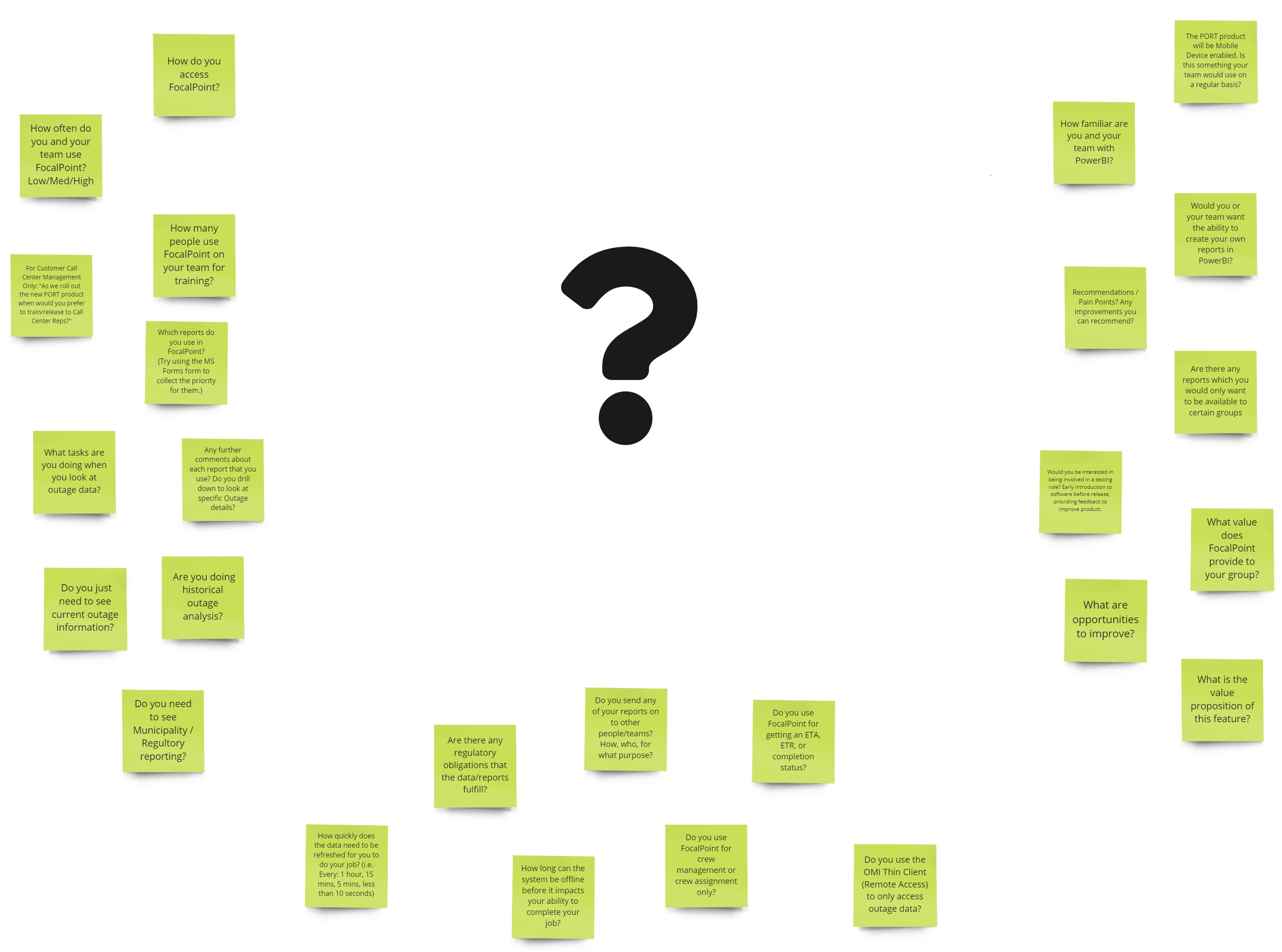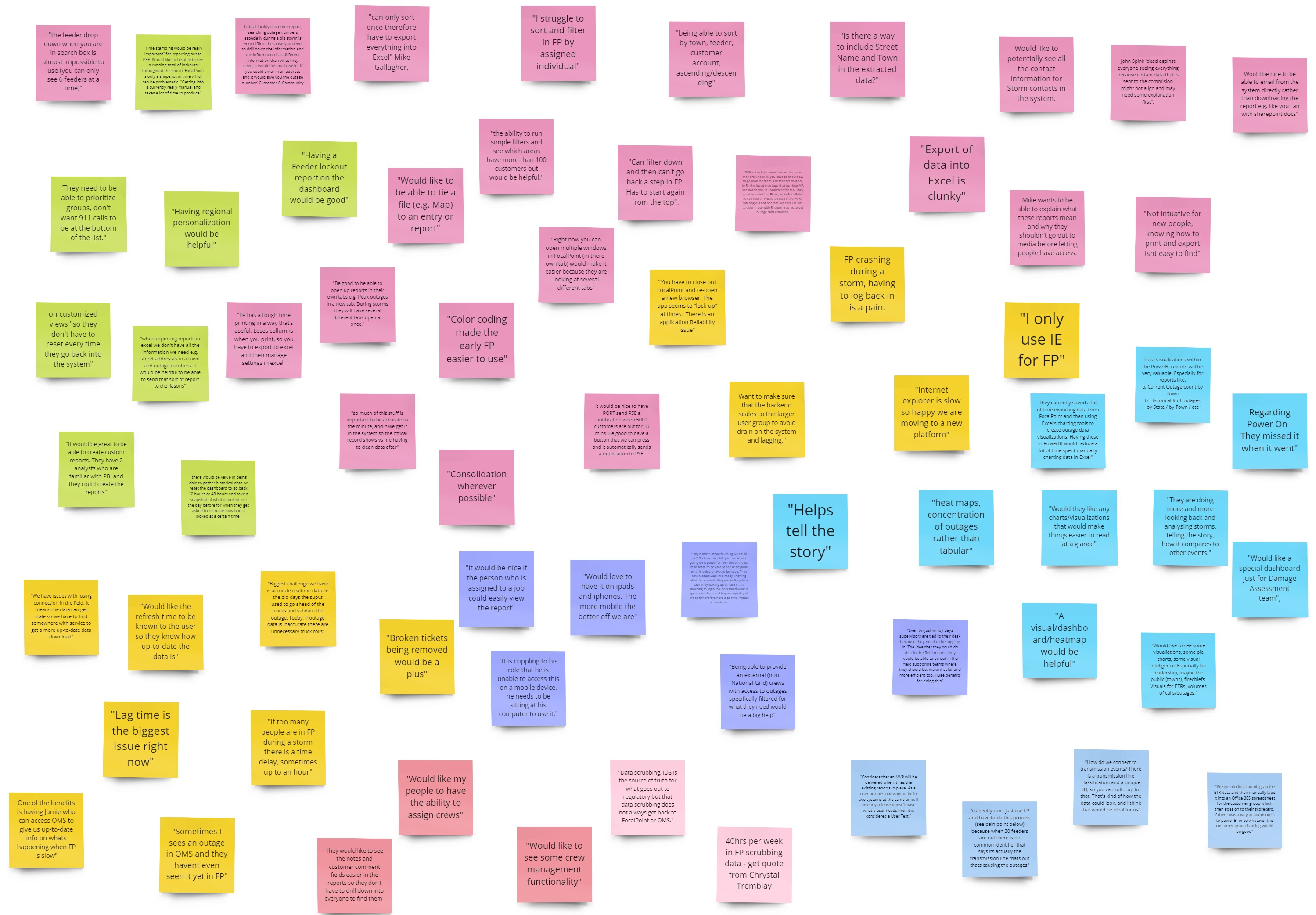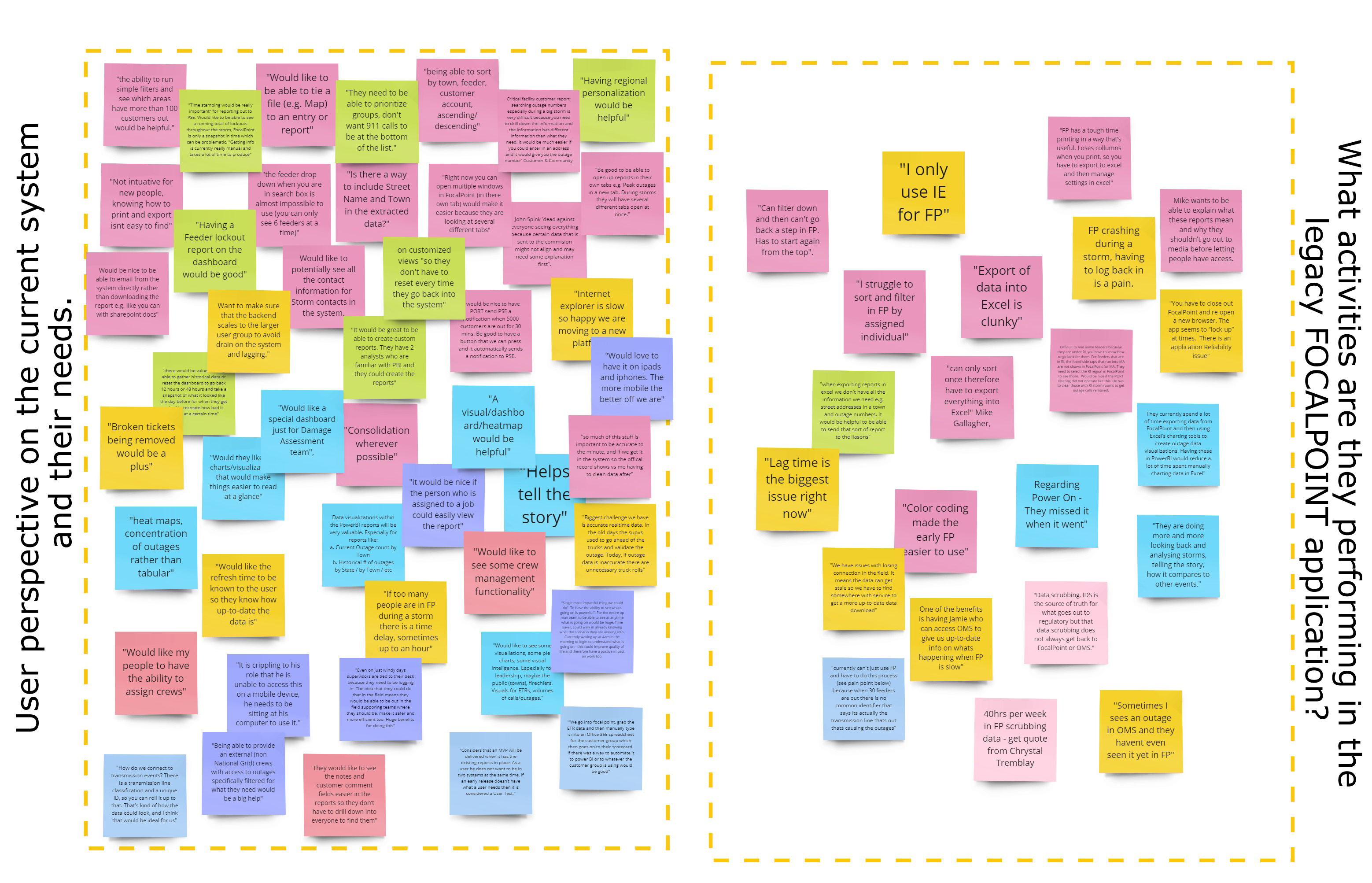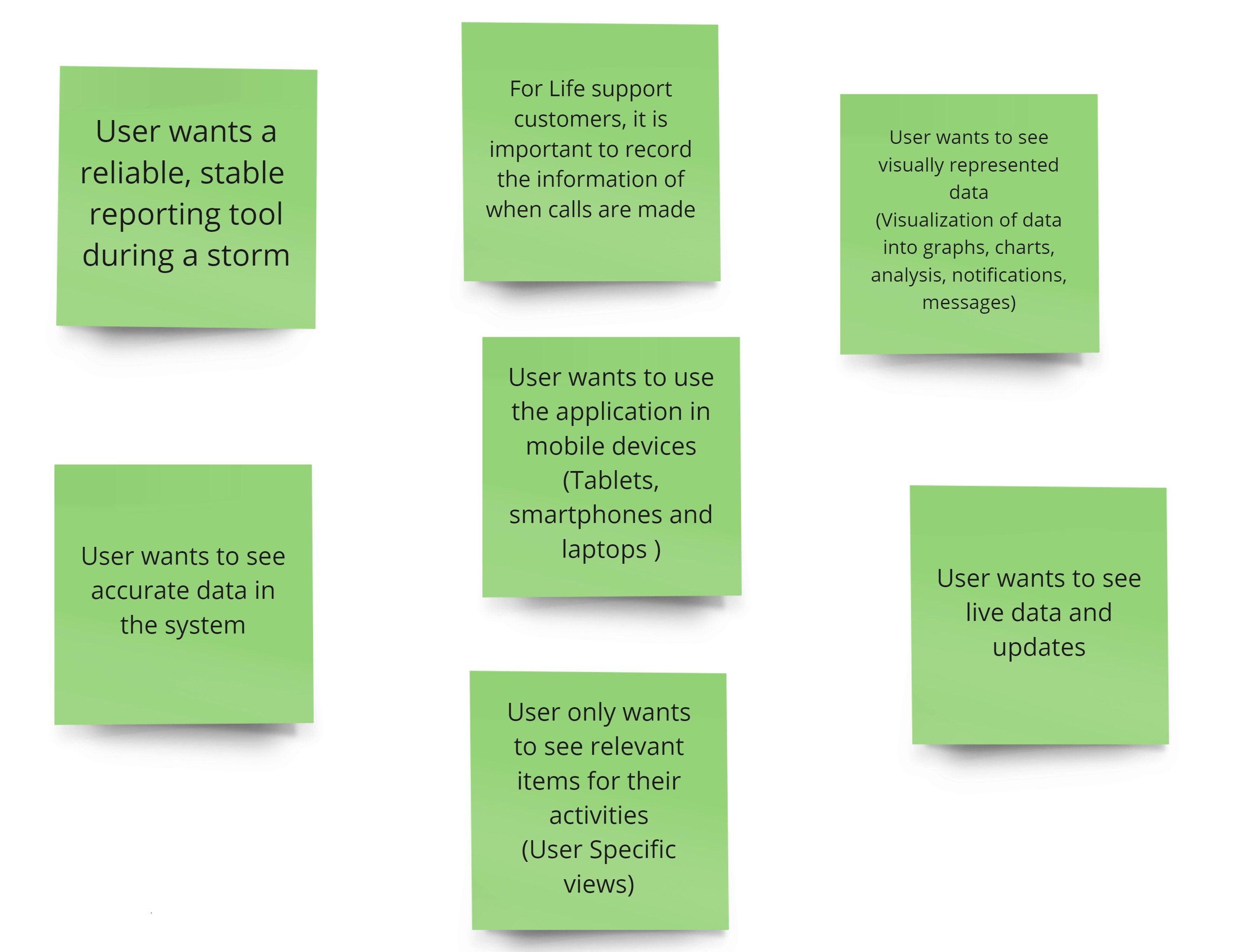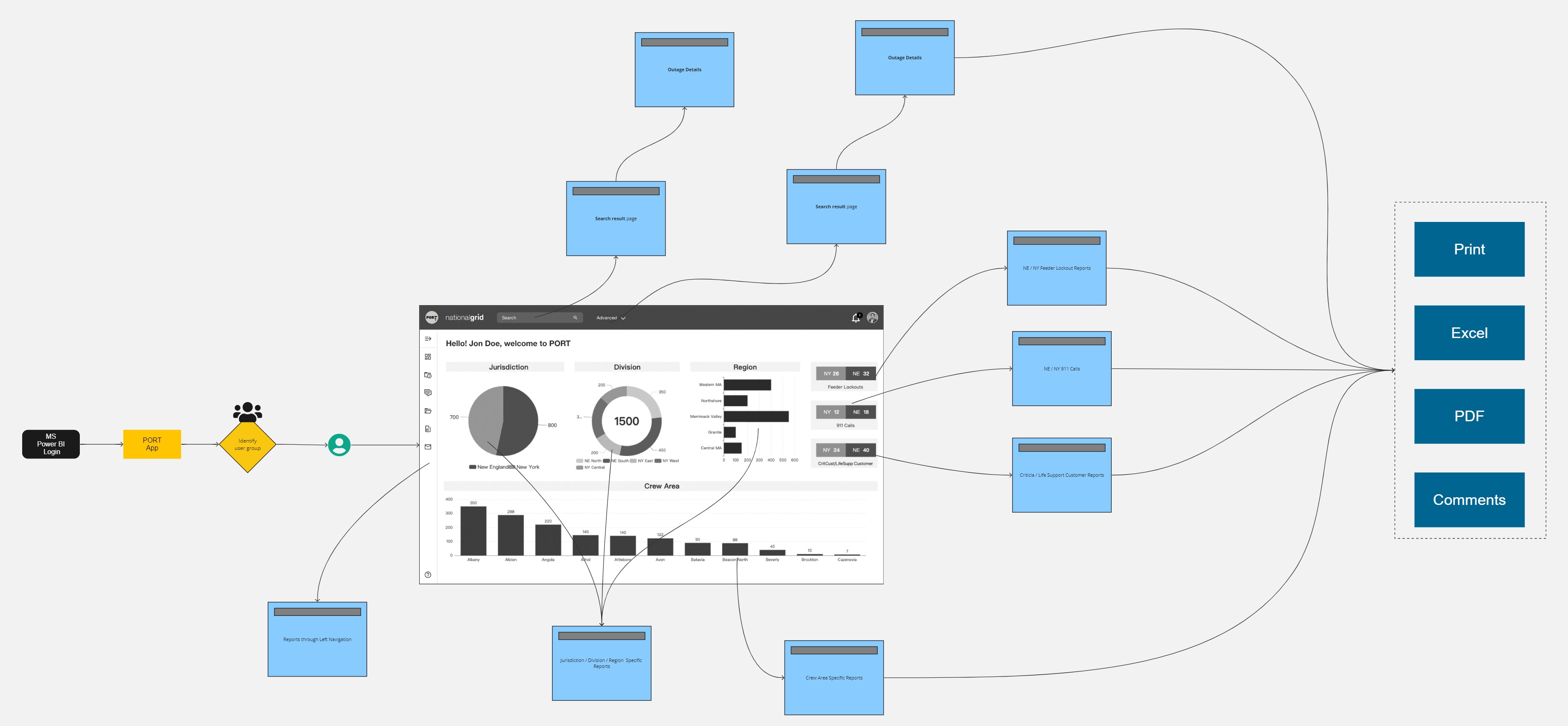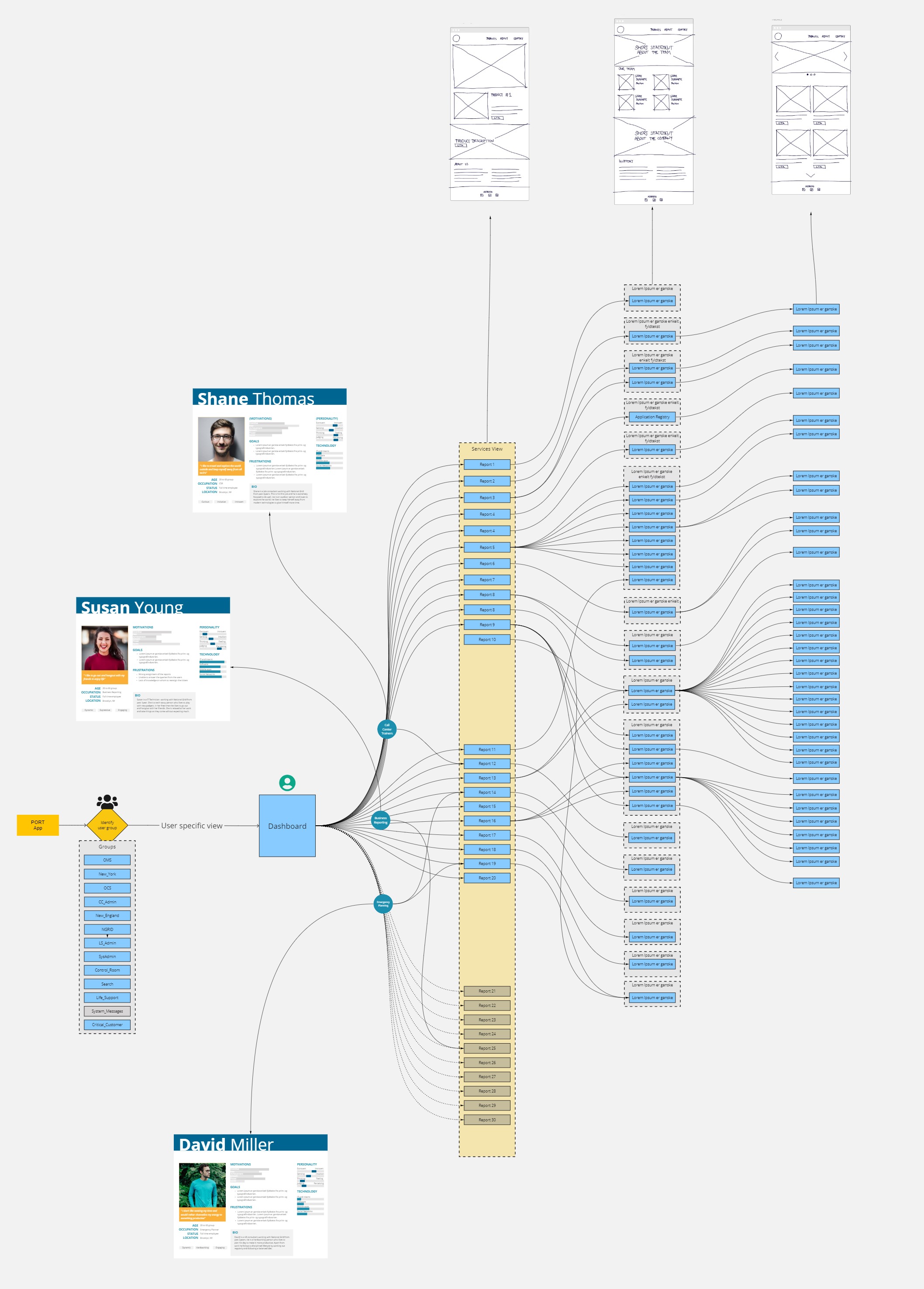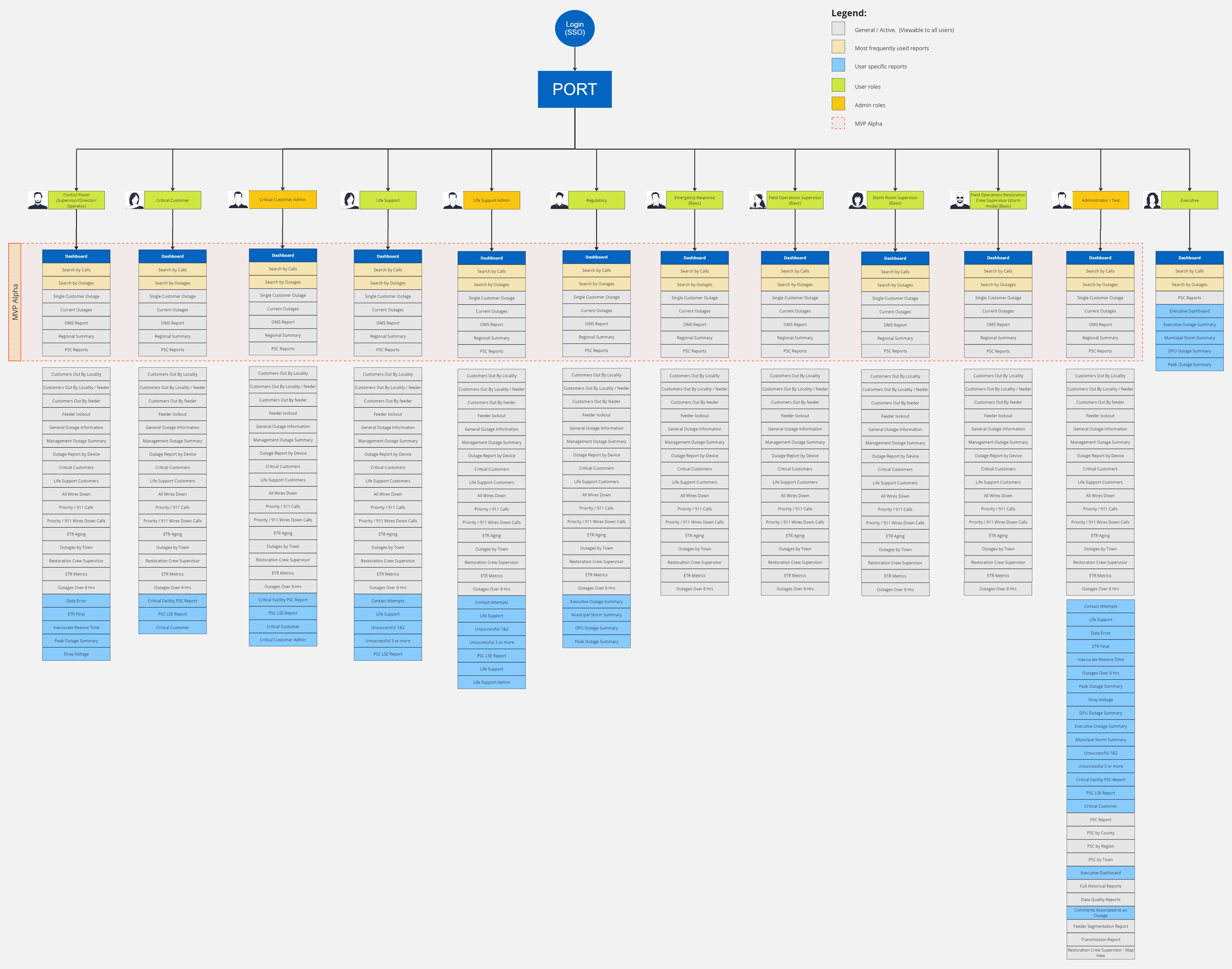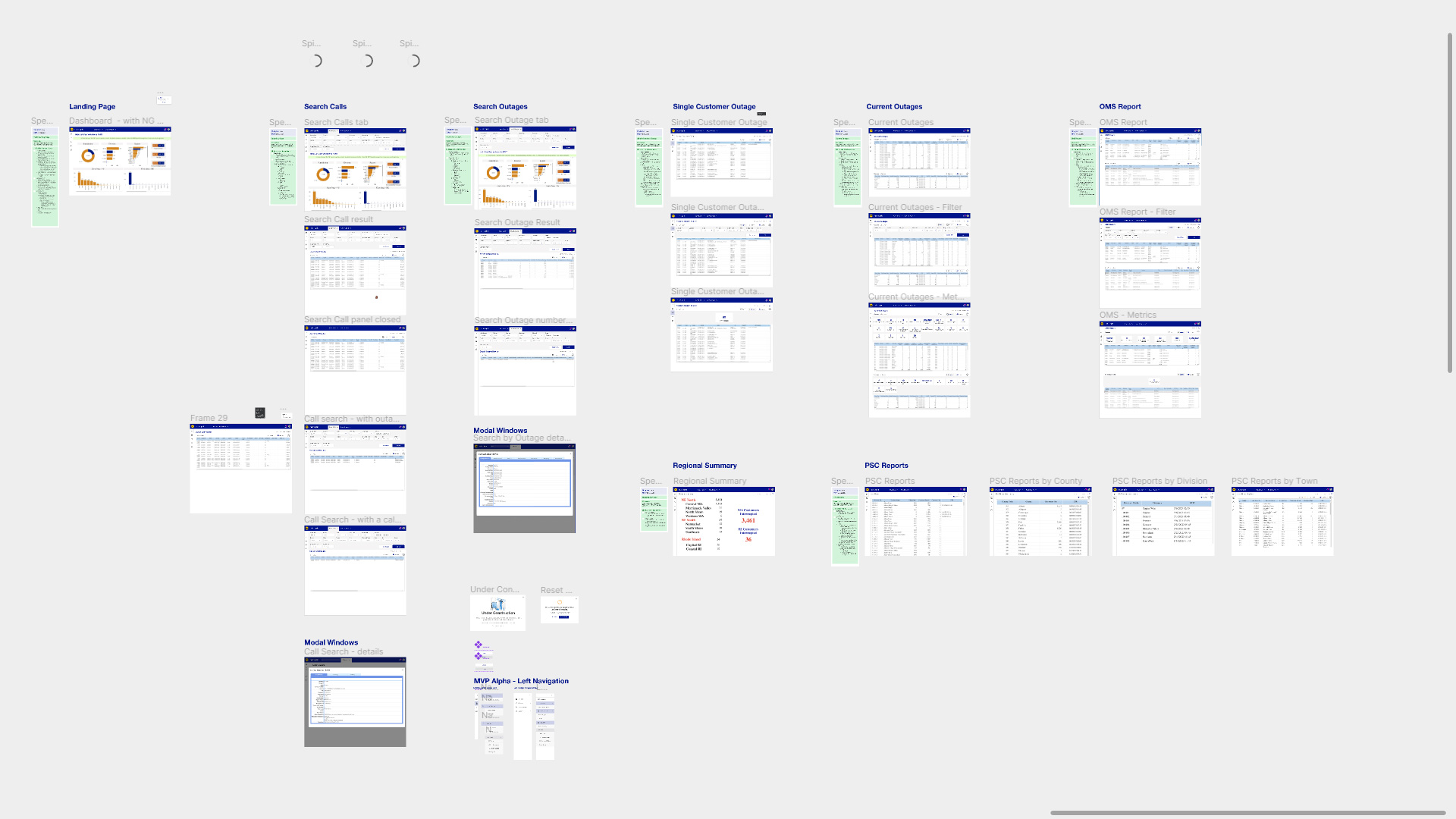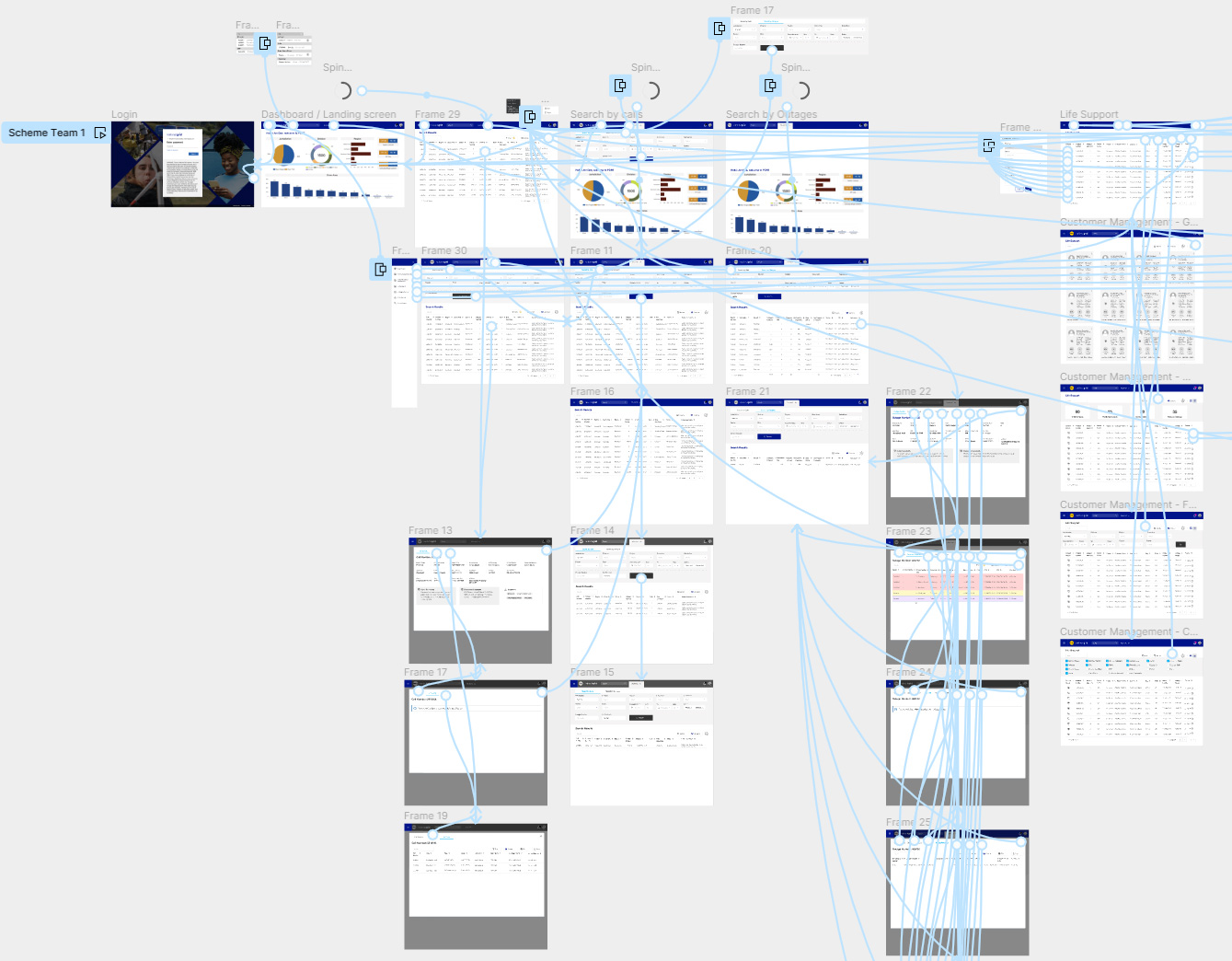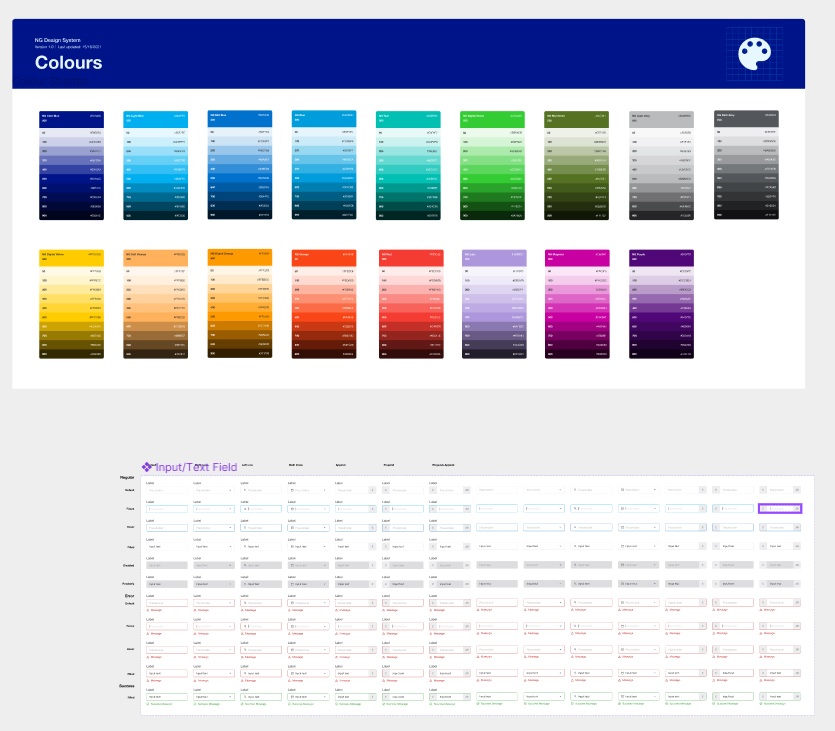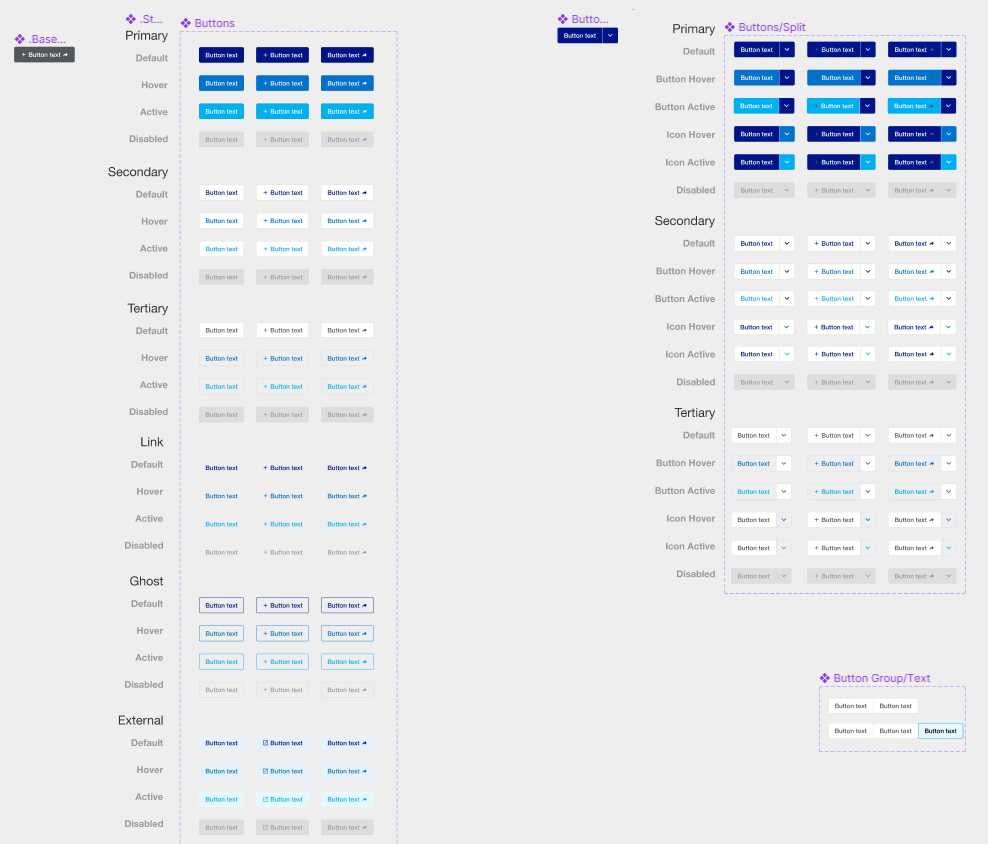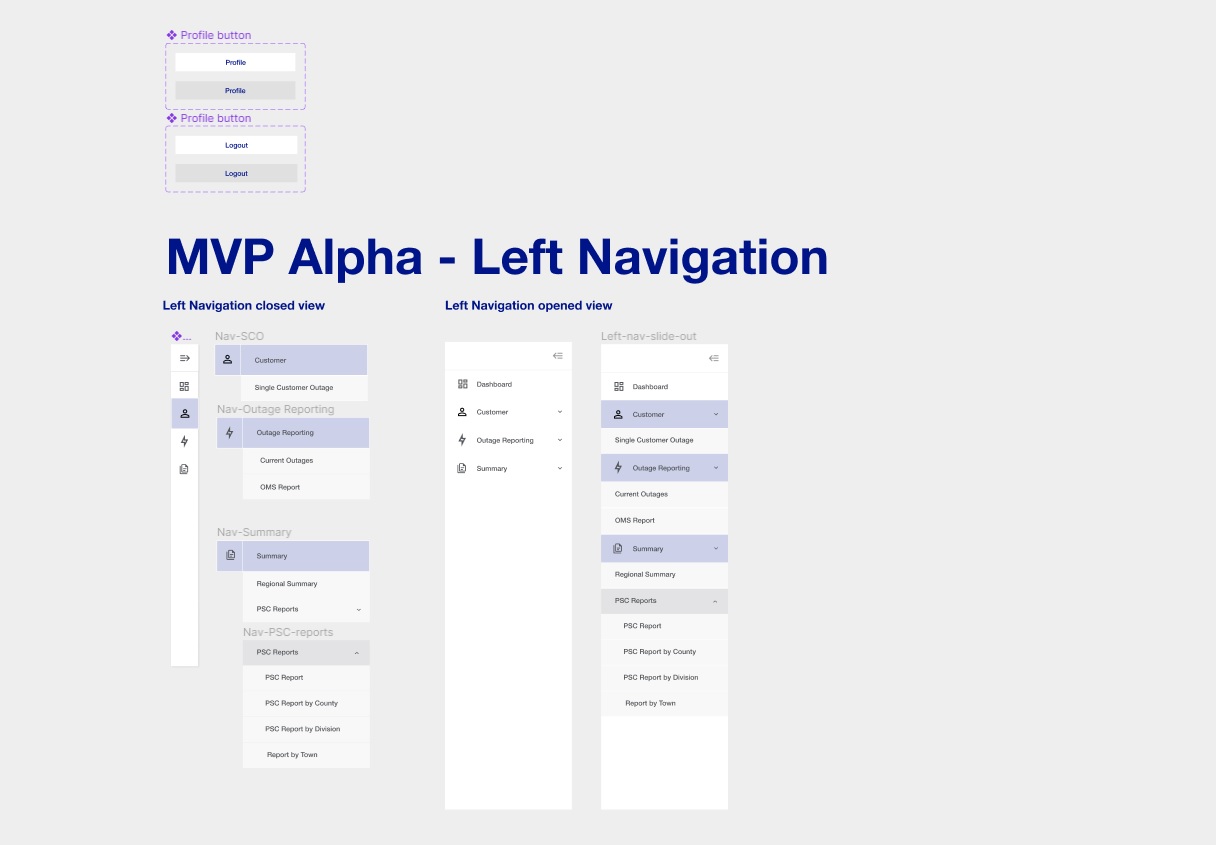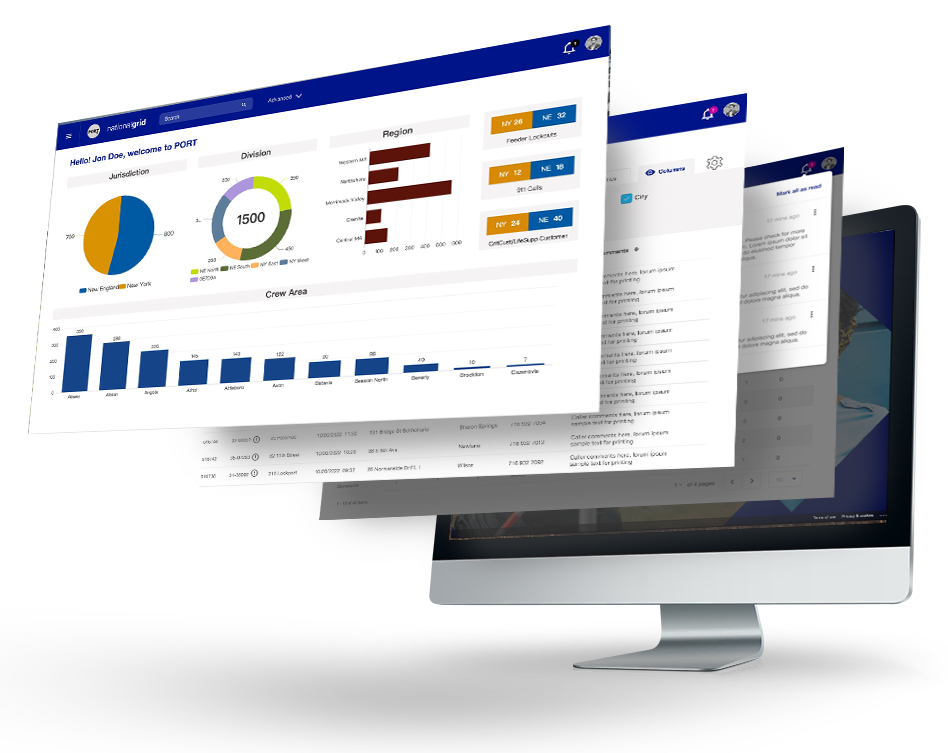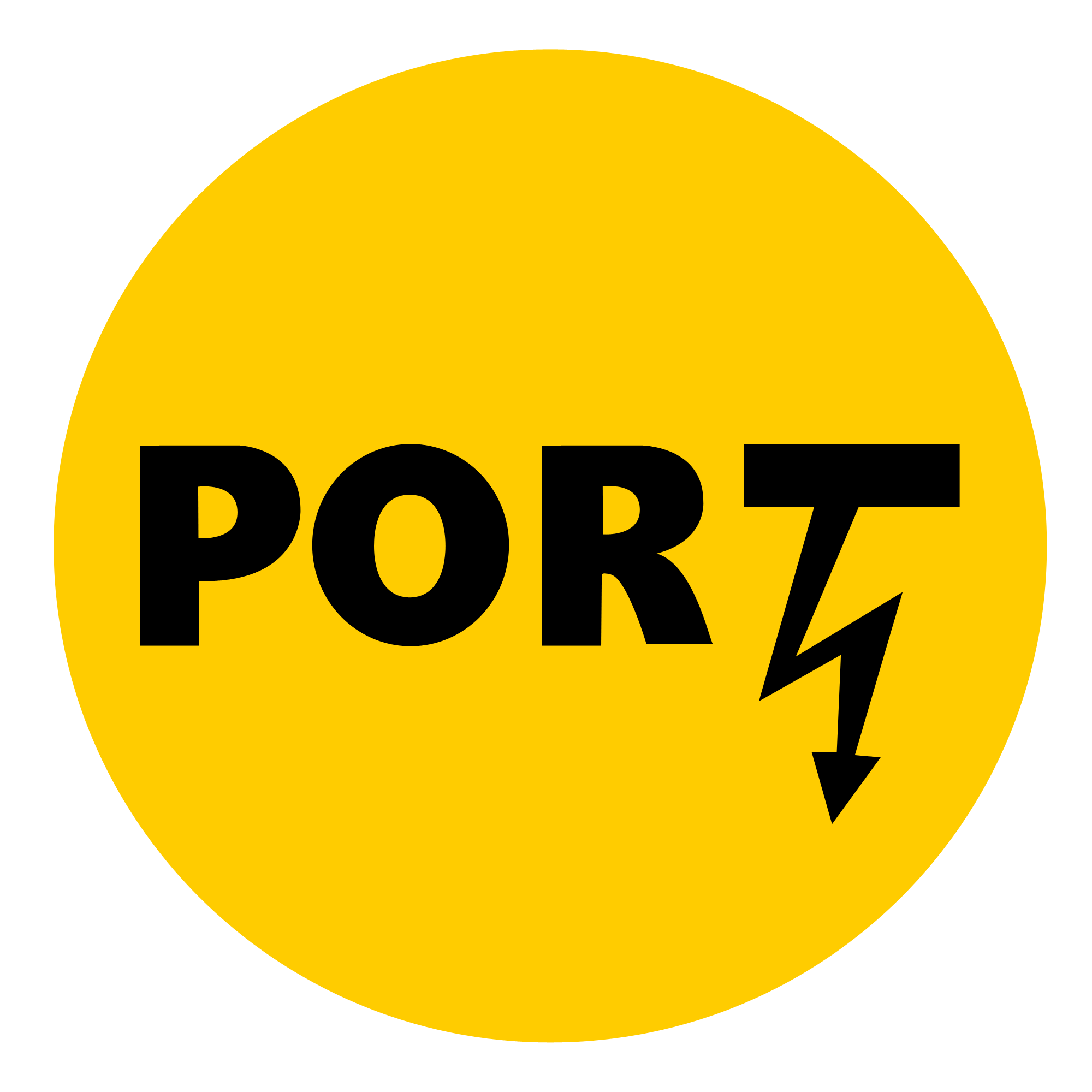

Waltham, United States
Power Outage Reporting Tool
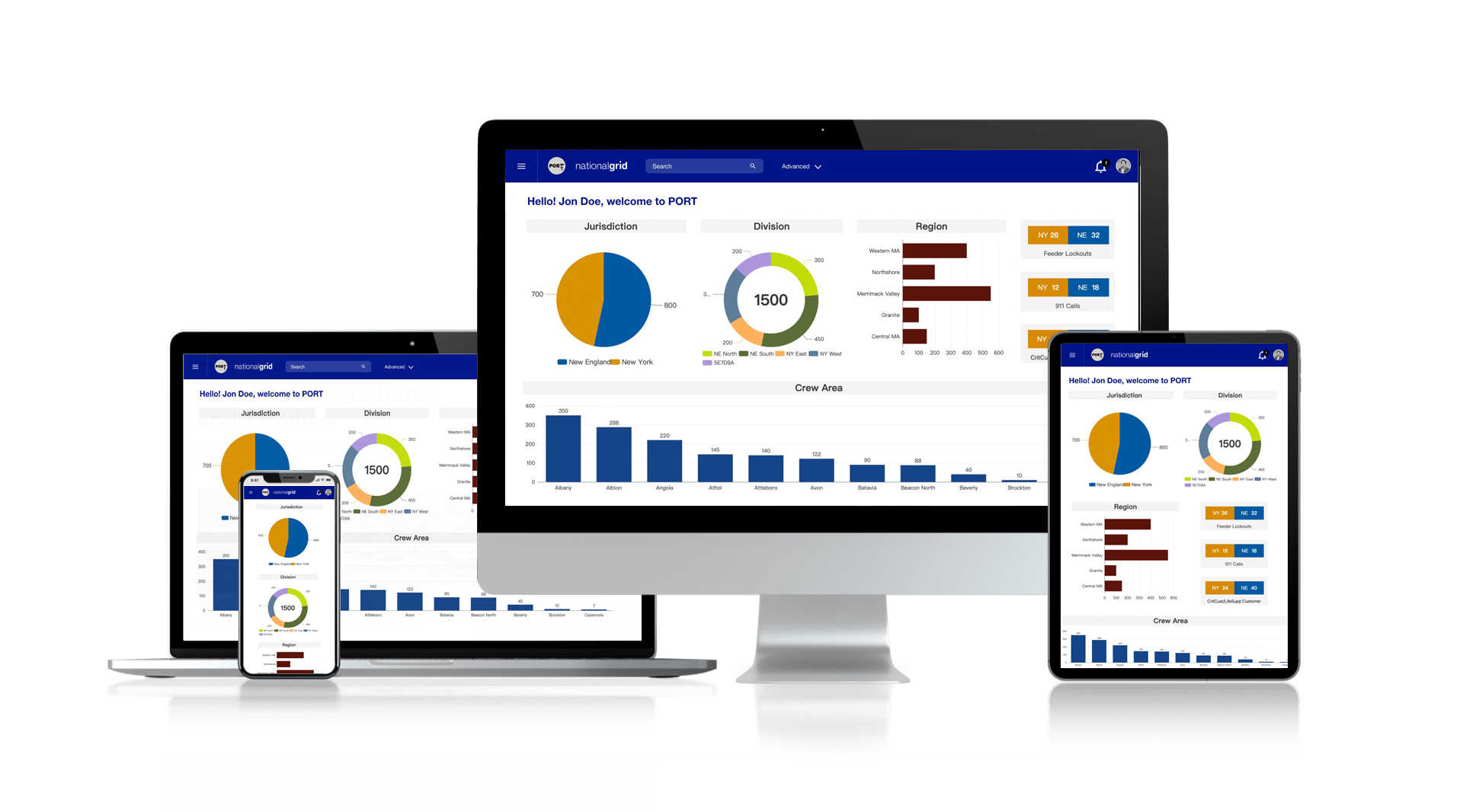
Modernizing legacy applications to enhance user experience.
UX Designer
UX Researcher
User Research
UX Strategy
User Interviews
Usability Testing
Lo-Fi & Hi-Fi Prototyping
Figma
Figjam
Miro
July 2022 – July 2023
Team Size: 40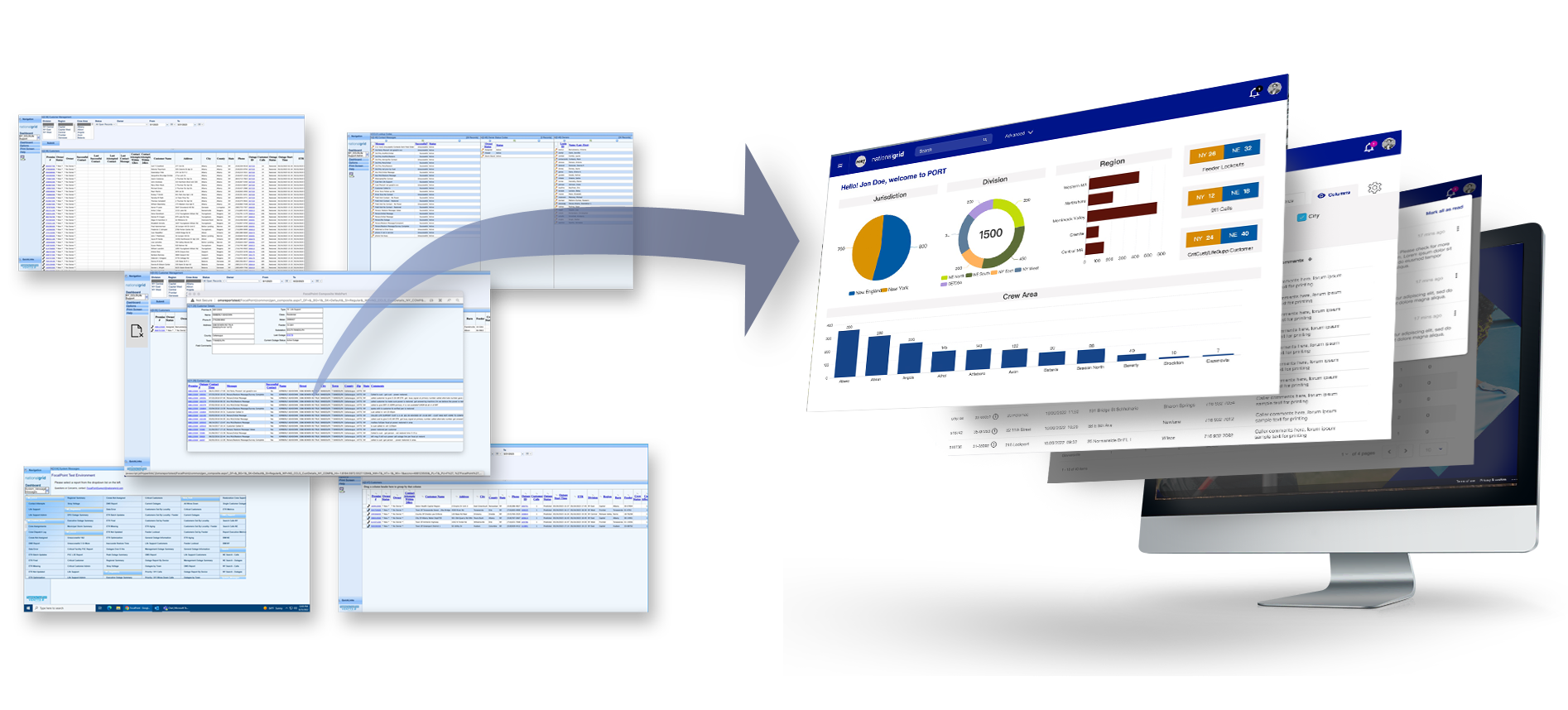
PORT seeks to address these challenges by creating a unified view of power outages in both New York and Massachusetts jurisdictions. It offers users a tailored view, focusing on relevant tasks and responsibilities. The UX team conducted thorough user research, actively participated in brainstorming sessions, created detailed personas, and developed comprehensive user journey maps. Low-fidelity and high-fidelity wireframes were meticulously designed to ensure that application screens are not only visually intuitive but also facilitate quick learning and usage. Through clear and effective communication, the UX team collaborated seamlessly with diverse professionals, including PowerBI experts, React JS developers, Quality Assurance specialists, and product managers, playing a pivotal role in creating successful deliverables.
